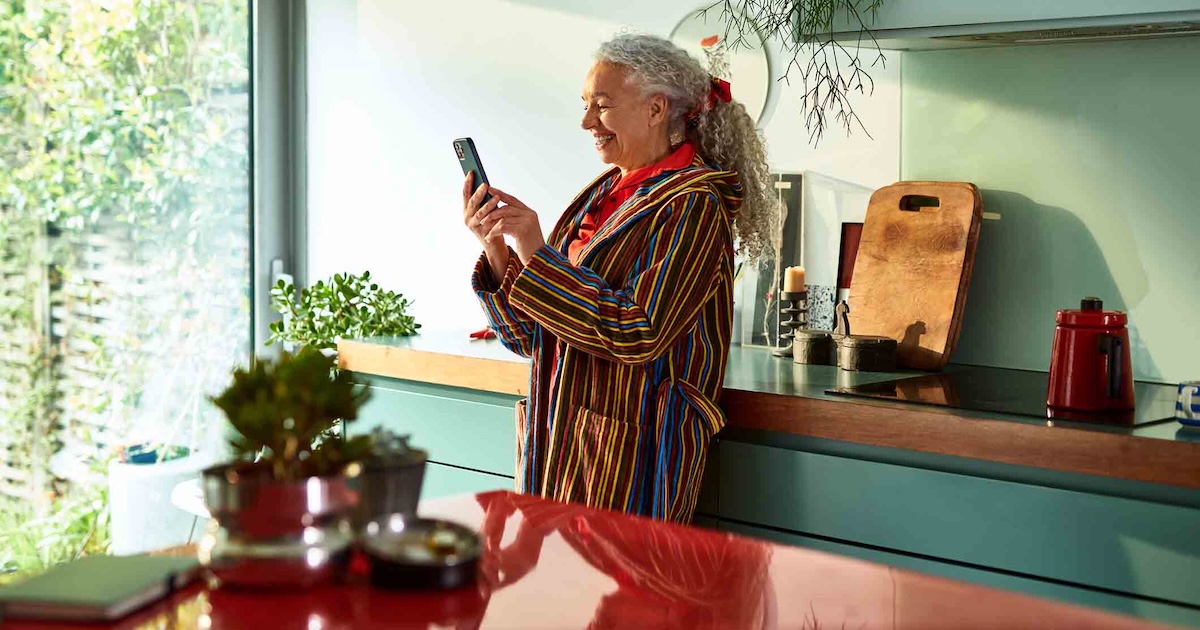 MobiHealthNews has written about a few mobile health crowdfunding projects recently, even since our last roundup in mid-January.
MobiHealthNews has written about a few mobile health crowdfunding projects recently, even since our last roundup in mid-January.
Johns Hopkins student team Aezon became the second Tricorder X Prize contestant (after Scanadu) to try to crowdfund its entry for the $10 million prize -- out of a desired $10,000, the team has raised $4,000 so far. AT&T alum Ryan McQuaid also launched a crowdfunding campaign for his new app-based telemedicine platform PlushCare. With 10 days left, PlushCare has raised $20,000 out of a $25,000 goal.
Numerous other mobile health projects have recently started Indiegogo or Kickstarter campaigns as well, ranging from new activity trackers, to mobile aids for people living with disabilities, to an app for parents of children with chronic conditions. Here are 12 mobile health projects either recently finished or currently seeking funding on crowdfunding sites.
The Pocket Physician by Lion Heart Innovations

The Pocket Physician, which recently finished its funding just above its $8,000 goal is setting out to be a comprehensive mobile medical app. Users, including patients, parents, and caregivers, will be able to track vital signs, take notes about treatments, store medical records, access literature, book appointments, and calculate expenses all from one app.
The project is from Lion Heart Innovations, a collaboration between web and mobile design company TekVitals and Tammy Bowers, the founder and CEO whose son's lifelong struggle with heart disease prompted her to search for a better way to manage longterm, chronic care. The app is HIPAA compliant, can track 10 vital indicators (including vital signs, medical events, behaviors, and nutrition), and will have a pro-version that allows babysitters or teachers to have separate, dedicated log-ins.

IRO is a wrist-worn activity tracker like many others -- it's water resistant, has a 12-day battery life, and tracks motion via a three-axis accelerometer, and will connect to a smartphone or computer by either Bluetooth Low Energy or micro-USB. What makes it different is that it very publicly displays how much the user is moving by lighting up the spiral pattern on the top of the bracelet in one of seven colors. The colors increase along the spectrum with the intensity of movement -- if the user has burned between 1 and 100 calories in the last 100 hours, it glows red, orange for 101 to 300, and so on up to purple for over 5,000 calories burned. Users can also see their movements on a graph on their app or PC software after the fact. The price point is lower than average for activity trackers at $59.

Games like SixToStart's Zombies, Run! and The Walk have created a new genre of fitness games, ones that present an audio story to keep runners entertained while they move through their workout. This crowdfunding campaign aims to create a new game called Rundercover, where the user plays the part of a secret agent. The accelerometer built into the player's smartphone allows them to interact with the game -- for instance, by jumping in the air to avoid an incoming missile. Players can be asked to zig zag, run in circles, jump, accelerate, and decelerate. The program will start on iPhone, and add an Android version if the campaign does well enough.

I Do Move is an activity tracking system that includes a dedicate device, called the Mover, in the form of a pendant or clip-on device. The device connects to an Android or iOS app, in which users can set goals, set up training programs, and track activity and calories. The app also includes a personalized avatar that guides the user and gives them feedback. The $65 device is also designed to look like jewelry by Danish designer Charlotte Vadum, with a variety of charms that can be worn with it.

Fertility apps are picking up a lot of steam in consumer digital health right now, but despite talk of hardware, most are still focused on apps. Temp-Drop is a wearable thermometer for women tracking their Basal Body Temperature as part of their process for getting pregnant. The small, tear drop-shaped device can be worn in an arm strap, clipped to a bra, or on an adhesive patch, and users are instructed to put it on before bed and take it off in the morning. When it's put on or taken off, it sends its data via Bluetooth to the user's phone. Rather than developing its own app, Temp-Drop is integrating with existing fertility apps, beginning with MyDays, Kindara, OvuView, Menstrual Calendar, and Ladytimer. Indiegogo supporters can get a set of adhesive sensors for $50 or the armband version for $60.
![]()
SunSprite is a new kind of wearable tracker -- rather than telling users how much they move, it focuses on telling them how much sunlight they're getting. Sunlight has a number of different effects on health and wellness: It affects one's mood, skin health, eye health and circadian rhythms. SunSprite is a clip-on device that tells the user, either through a connected app or through an LED display on the device itself, whether they have gotten their recommended amount of light for the day. The tracker is also solar powered, so as long as the user gets some sunlight the tracker never needs to be plugged in. With 30 days to go, the $99 tracker is already nearly fully to its $50,000 goal on Indiegogo.

MyDx is a connected analyzer sensor. Using the device and app, people can determine the level of pesticides and insecticides in food, whether drinking water contains harmful chemicals, the quality of air, or the safety and potency of cannabis (the last functionality being, of course, geared at medical marijuana users). The company, which is already overfunded, is offering pre-orders of either a cannabis-only sensor for $299 or a multifunction one for $349. The devices work with both Apple and Android phones.

Smartphone-connected indoor air quality monitor Alima just completed its campaign, ending up with $17,500 of a $15,000 goal. Alima measures air pollutants including carbon dioxide, volatile organic compounds, and particulate matter. The device tells users about their air quality via both the app and colored LED lights on the monitor itself. Then it gives users recommendations on how to reduce the air pollution in their homes. Alima will also analyze aggregate data in an effort to keep improving its algorithms. Even though the campaign is over, interested parties can still preorder the device for $218 (159 euro) by going to Alima's website.

Robauto, a Healthbox-incubated company focused on consumer-facing healthcare robots, is crowdsourcing as well as crowdfunding its first offering, a robot companion for people with autism. The team developed ONE, a four-wheeled robot that runs on the Raspberry Pi operating system, based on feedback from a number of different people with autism. The robot, which can speak in a Siri-like voice, will be programmable to help people with autism work on different skills, including communication and social skills.

Reveal VUE is an ambitious project to use virtual reality headset Oculus Rift (or other similar technology) as a vision enhancement device for the vision-impaired. The company said early prototype tests allowed a user with 20/200 vision in one eye and 20/400 in the other to see with 20/80 vision (20/20 is normal, healthy vision). The device sends signals from two cameras to the headset, which displays a near-realtime picture that compensates for the user's vision. The designers are also pursuing Medicare coverage for the device, which they are pitching to people with age-related macular degeneration, diabetic retinopathy, and glaucoma.

DCODIA is an app that provides spot reading help for children and adults with dyslexia. Using an Android or Apple phone or tablet, or even Google Glass, the user can take a photo of a difficult word with the device's camera and crop it. The app will then read the word out loud. DCODIA's cofounder Kris Parmelee is the parent of a child with dyslexia, and says the existing assistive technologies are neither portable nor discrete, so they don't address a dyslexic child's need to not stand out when receiving assistance. The device can also track and store which words the user habitually has trouble with, data that can help guide their therapy.

The LifeSaver case equips a user's iPhone with a discrete safety switch on the side. In case of an attack, abduction, or other dangerous incident where calling 911 might not be feasible or advisable, pushing the switch will put in a call to 911. It will send the authorities the user's vital information, exact GPS coordinates, and it will activate your phone's camera and microphone to record the incident. The case will go for $69, with a limited time early bird price of $59.


